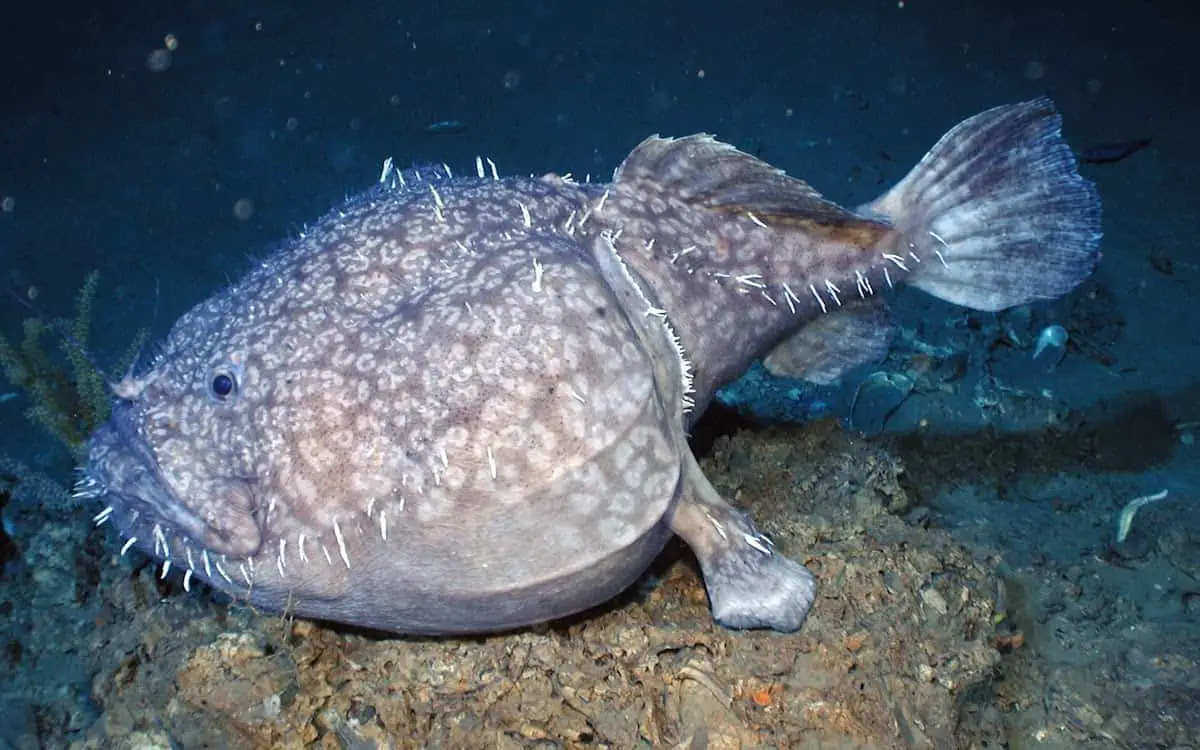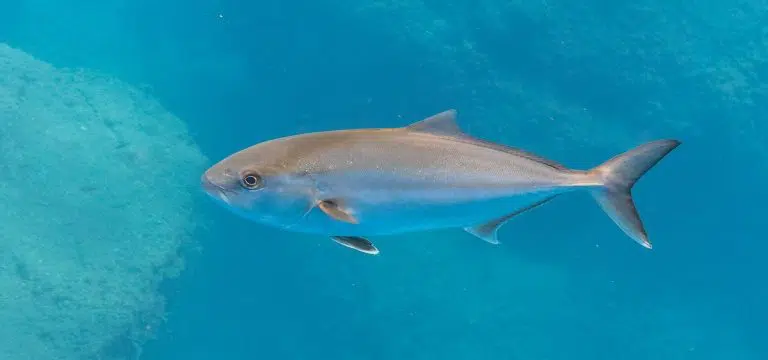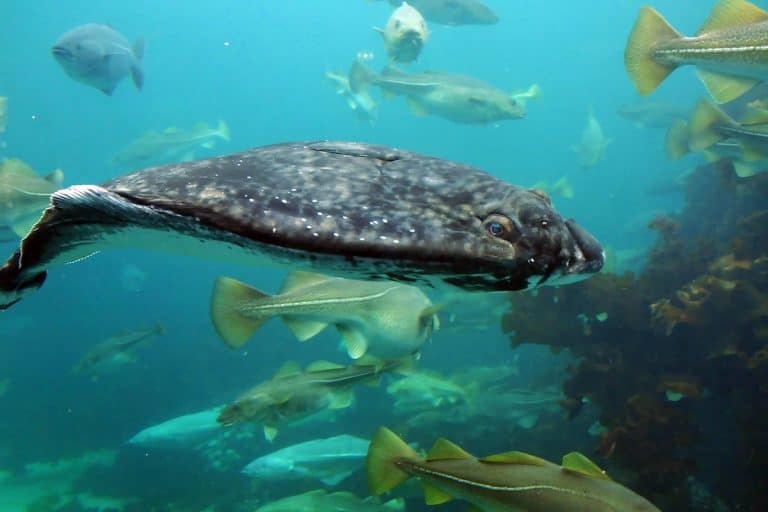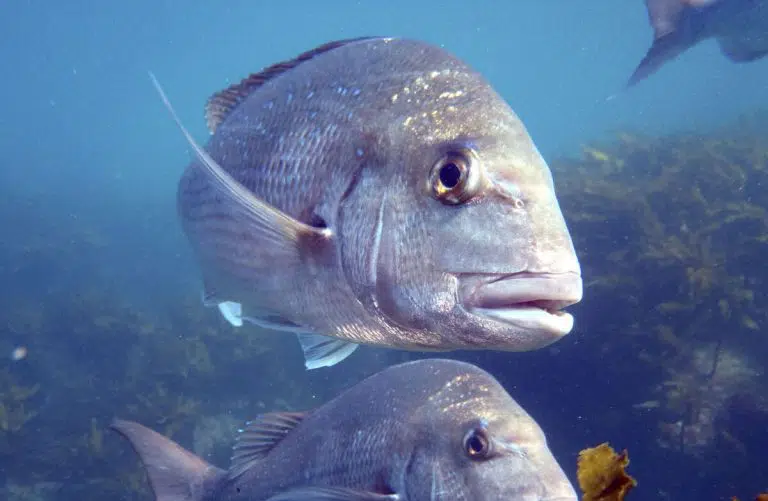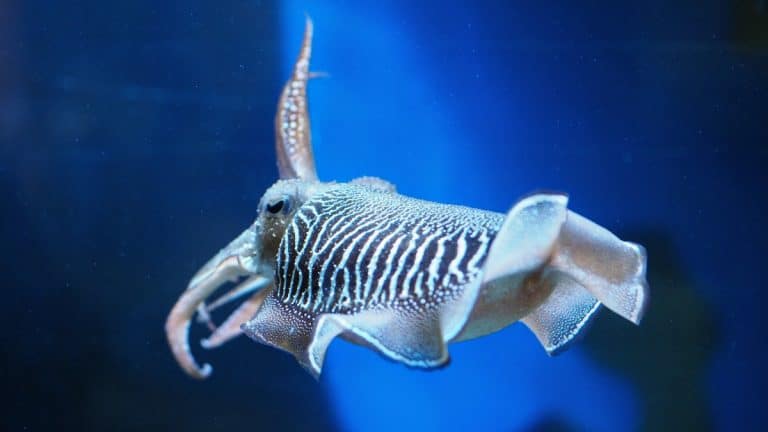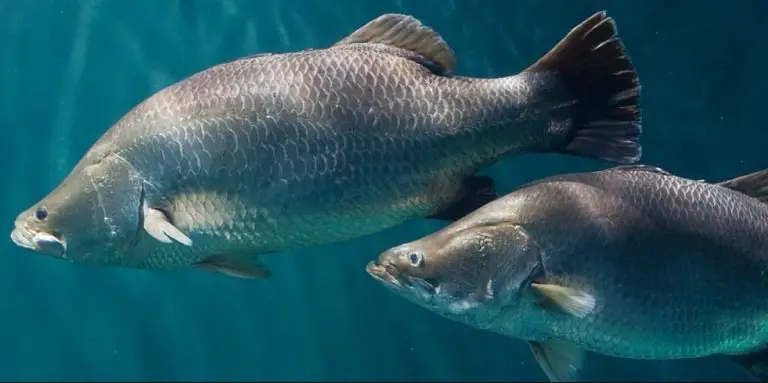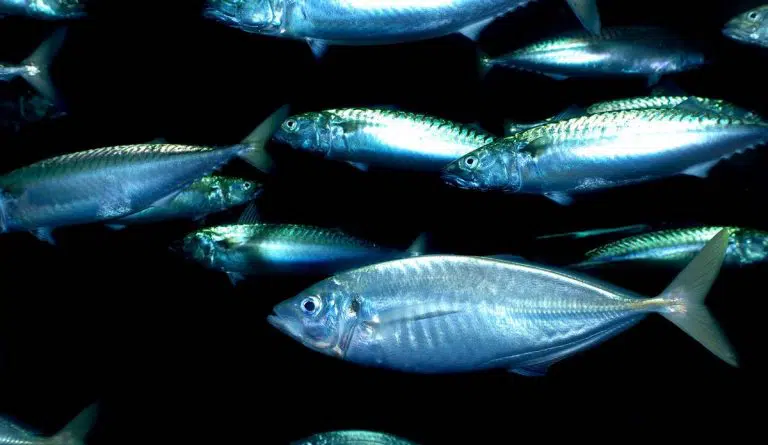Source: Wild
Mercury Risk: Low
Although not overly common in the United States, monkfish—and more often, monkfish liver (ankimo)—is certainly available in many upscale sushi establishments. Monkfish liver is similar to a fine pâté in texture and is often smoked or steamed and served with scallions, daikon radish, and red-pepper sauce (momiji oroshi). Monkfish is also known as goosefish or angler fish.
Is monkfish liver sustainable?
Monkfish was once considered a trash fish—no doubt partially due to its frightening appearance—and has only recently become acceptable to the American palate. Most monkfish served in the United States hails from the western reaches of the Atlantic Ocean, where it has been severely overfished in recent years due to increased demand. Bold management techniques in the Atlantic have relieved some of the pressure on monkfish populations, but it will take years for the species to fully recover.
Monkfish are generally harvested using bottom trawls—a fishing method that involves dragging a weighted net along the sea floor. This type of fishing is unnecessarily destructive to the local habitat and indiscriminate in which species and sizes of fish are ensnared.
What’s the verdict on ankimo?
Many people find monkfish delicious—I am one of them. Unfortunately, due to a history of overly aggressive fishing practices, eating this delicacy on any kind of regular basis is not a responsible option. If we want to enjoy monkfish ten, twenty, and thirty years from now, we must decrease our demand on the stocks and allow them time to recover. Give ankimo a miss.
Casson Trenor
Casson Trenor is a frequent commentator on sustainable seafood issues. He has been featured in regional, national, and international media outlets, including CNN, NPR, Forbes, New York Times, Boston Globe, Christian Science Monitor, San Francisco Chronicle, Los Angeles Times, Seattle Times.

